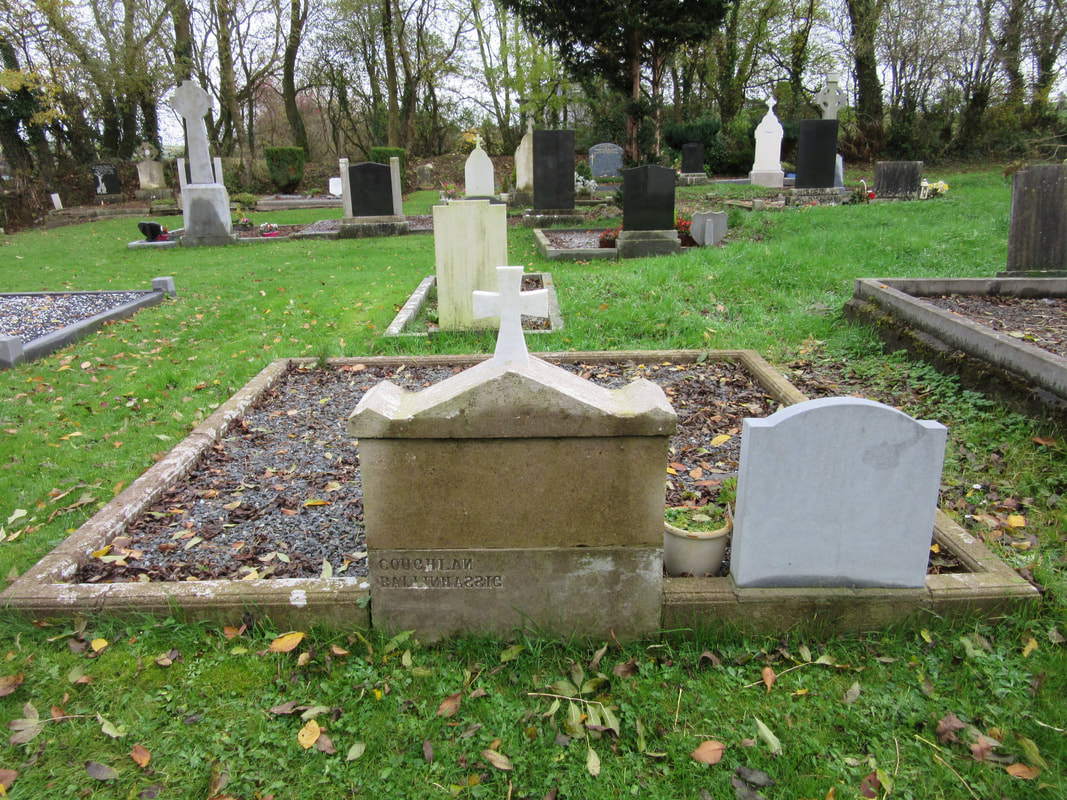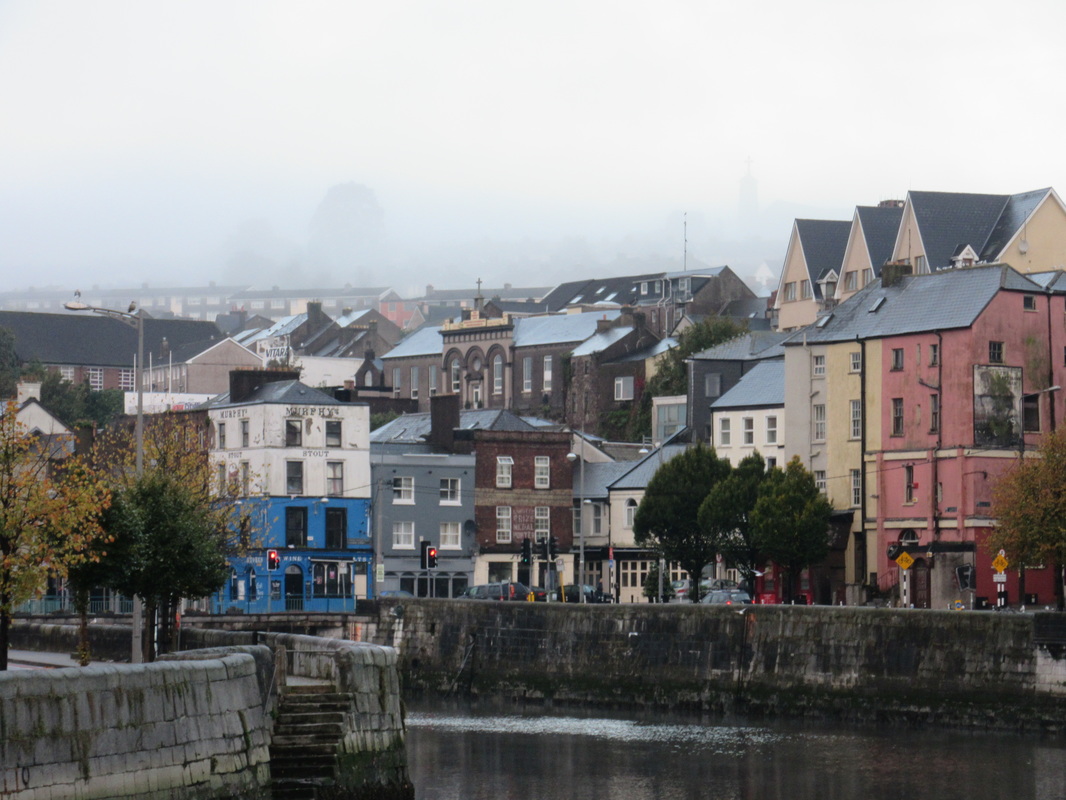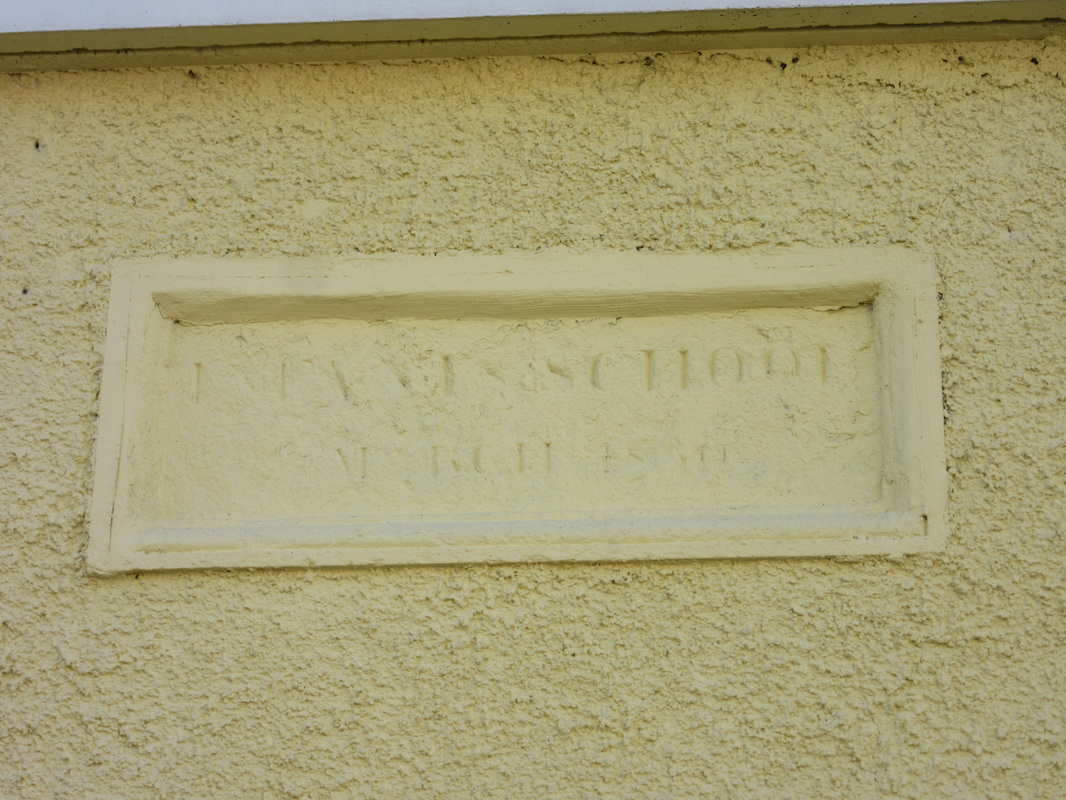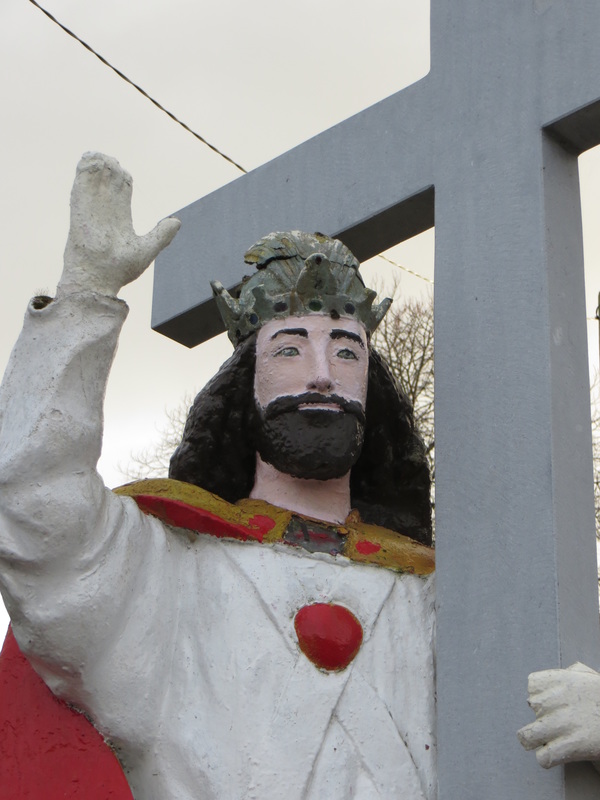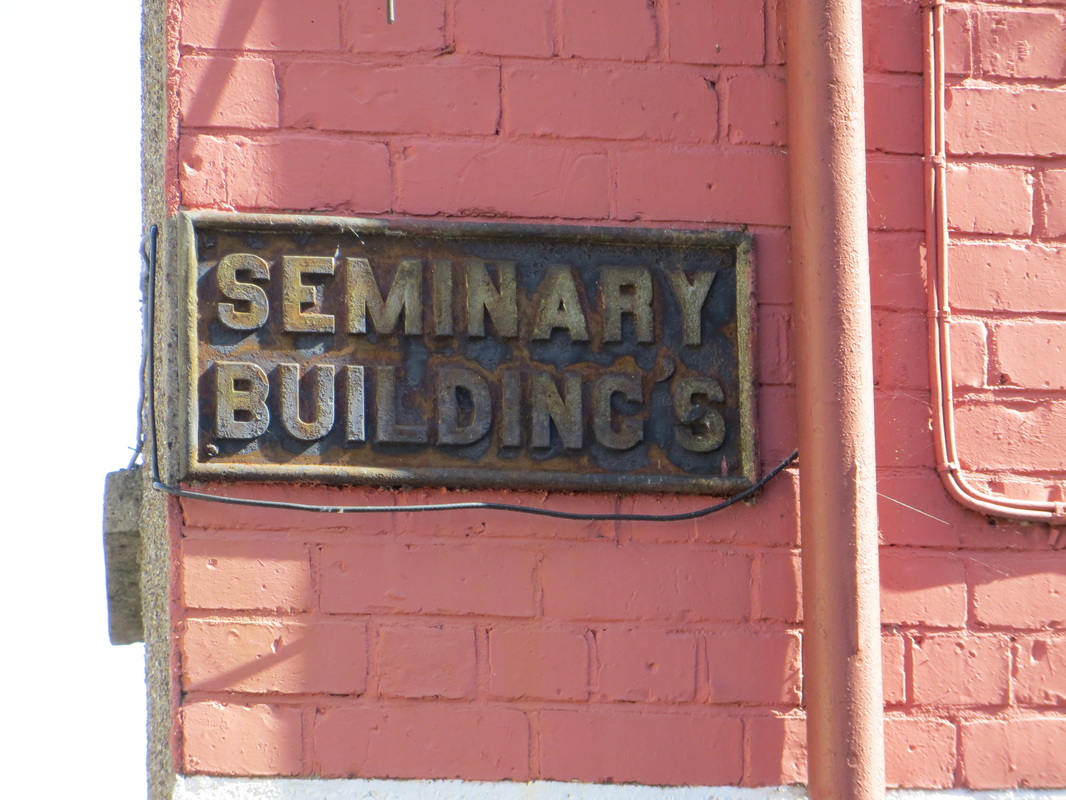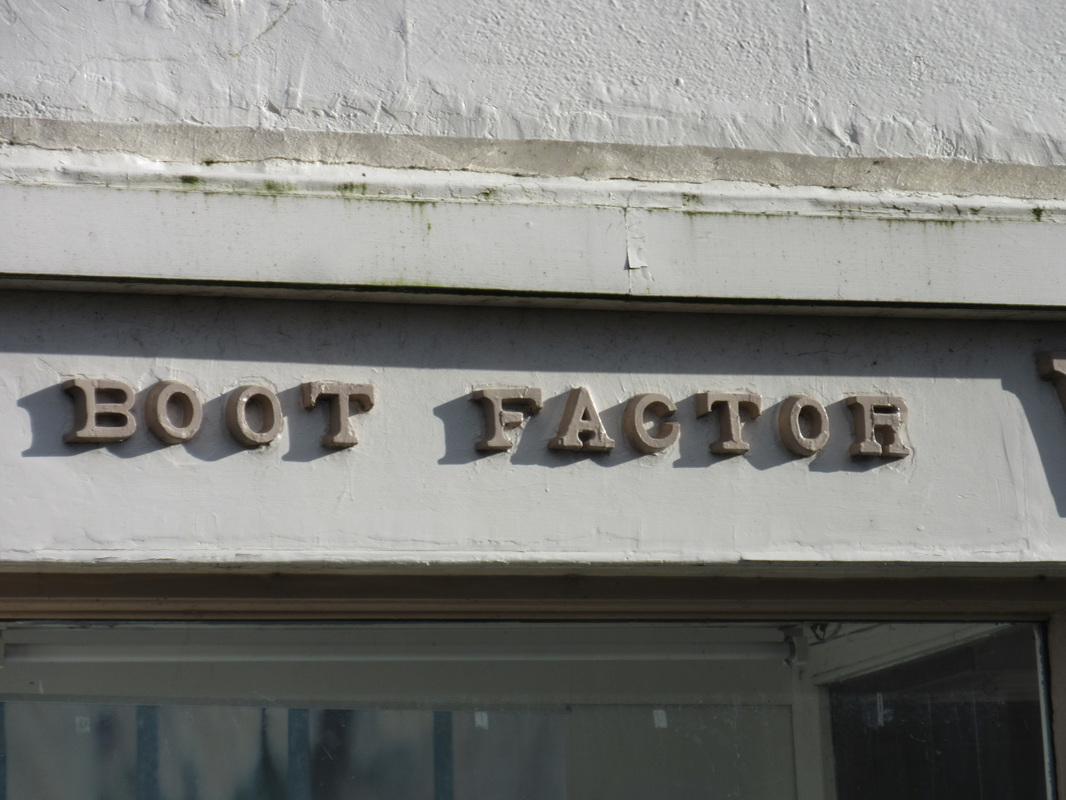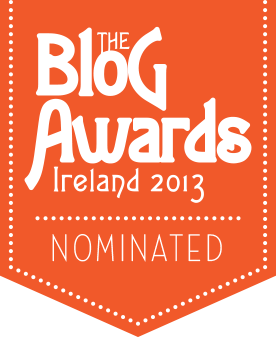May 2015 was reasonably early in my relearning Irish education.
I had a recollection that ‘bean rialta’ was the Irish translation for nun that I had known and used. When I saw the word ‘ealtanach’, it went on the mental ‘To Find Out More’ list but remained in the backwater of that list until this morning.
Then I spotted a tweet with an older streetsign for Nun’s Island and the same translation – ealtanach. ‘Ealtanach’ swiftly departed the depths of that To Do List and is now done – as much as I can, for now.
An amount of time searching the internet did result in quite a number of dead ends.
Teanglann.ie and pota-focal.ie both drew blanks in translations for ealtanach, ealtan and ealtanaigh.
Thinking it may be a surname, I went to sloinne.ie – another blank.
The online directory of Irish placenames is logainm.ie. Before it provided a clue, it gave some humorous distraction.
There are two Nuns’ Islands listed as being in Ireland. The other is in Lough Ree, north of Athlone. The Irish name for this island is Oileán na gCailleach Dubh. ‘Cailleach’ was in my Irish vocabulary, from another streetsign at Cahercalla in Ennis – the Fort of the Hag.
| My translation of the Lough Ree Nuns’ Island would be Island of the Black Witches. Logainm plots a course from ‘the black hags island’ to ‘Island of the black nuns’. Teanglann.ie does have an option for nun as ‘cailleach dhubh’ or ‘cailleach Mhuire’ . Returning from that detour, I spotted that logainm.ie translates as Altanach and their notes for the Galway Nuns’ Island refer to altagnagh and altagneach. These provided some hits on the google lottery. Coincidently, ‘Dubliners’ is my current reading material, resident in my inside pocket. Journey Westward by Frank Shovlin advises that it was the island of the flocking birds – to me, a lovelier name than Nuns’ Island. Sean Spellissy’s book ‘The History of Galway’ has become a candidate for my shelf. It agrees with the ‘flocks’ of birds’ reference. Tearma.ie does have ‘ealtaigh’ as the Irish translation for flock of birds. This is close to but differs from streetsign ‘Ealtanach’ and logainm.ie’s ‘Altanach’. The argument that the correct source is ‘flock of birds’ may well pass the test of ‘on the balance of probabilities’ but, I think not the test of ‘beyond all reasonable doubt’. It remains on the ‘To Find Out More’ list. |
|
UPDATE 2017.01.30 -
Aonghus Ó hAlmhain advised that ‘ealtanach’ is listed on teanglann.ie as a variant of ‘ealtach’ translated as abounding in flocks (of birds); that the logainm notes also say ‘sin an áit ina mbeadh ealtaí éan’ – I translate as ‘That is the places in which there are flocks of birds’; and that eDIL dictionary confirms ‘caille, the base of ‘cailleach’ derives from veiled woman.




